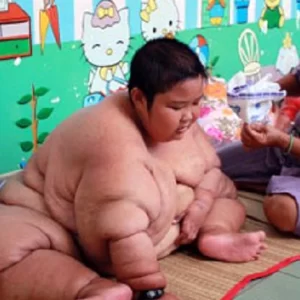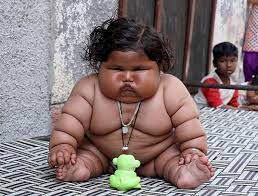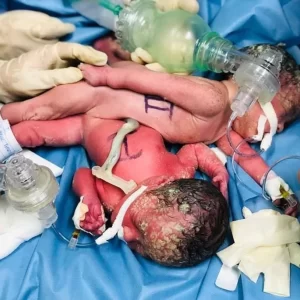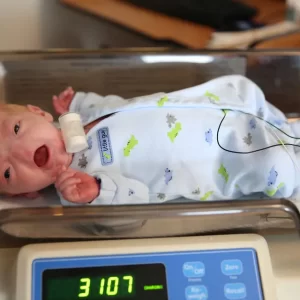Cleft lip and palate are among the most common birth defects affecting children worldwide. These conditions, which occur during early fetal development, can have significant impacts on a child’s appearance, ability to eat, speak, and breathe properly, as well as their overall quality of life. In this article, we will delve into what cleft lip and palate entail, their causes, treatment options, and the support available for affected children and their families.
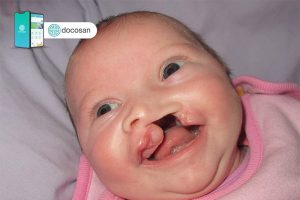
Understanding Cleft Lip and Palate:
Cleft Lip: A cleft lip is characterized by a split or opening in the upper lip. This separation can range from a small notch to a large gap that extends into the nose. It can occur on one or both sides of the lip and may also involve the gums and the base of the nose.
Cleft Palate: A cleft palate refers to a split or opening in the roof of the mouth. This opening can occur in the front (palate) or the back (uvula) of the mouth and may vary in size and severity. In some cases, both the front and back parts of the palate are affected.
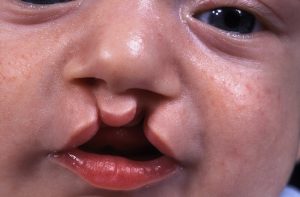
Causes:
The exact cause of cleft lip and palate is not always clear, but it is believed to result from a combination of genetic and environmental factors. Some potential causes and risk factors include:
- Genetics: Cleft lip and palate can run in families, suggesting a genetic predisposition to the condition.
- Environmental Factors: Certain environmental factors, such as maternal smoking, alcohol consumption, or exposure to certain medications or chemicals during pregnancy, may increase the risk of cleft lip and palate.
- Nutritional Deficiencies: Inadequate maternal nutrition, particularly a deficiency in folic acid, has been associated with an increased risk of cleft lip and palate in infants.

Treatment Options:
The treatment for cleft lip and palate typically involves a multidisciplinary approach and may vary depending on the severity of the condition. Treatment options may include:
- Surgery: Surgical repair is often the primary treatment for cleft lip and palate. Surgery aims to close the separation in the lip and/or palate, restore normal function, and improve the child’s appearance.
- Speech Therapy: Children with cleft palate may experience difficulties with speech due to issues with articulation and resonance. Speech therapy can help improve communication skills and address speech impediments.
- Dental and Orthodontic Care: Children with cleft lip and palate may require ongoing dental and orthodontic treatment to address issues such as tooth alignment, dental crowding, and jaw development.
- Psychosocial Support: Living with cleft lip and palate can have emotional and psychological implications for both the child and their family. Psychosocial support services, including counseling and support groups, can provide invaluable assistance in coping with the challenges associated with the condition.

Support and Resources:
For families of children with cleft lip and palate, accessing support and resources is crucial. There are numerous organizations, support groups, and healthcare providers specializing in the care of children with craniofacial differences. These resources can offer information, guidance, and emotional support to families navigating the journey of raising a child with cleft lip and palate.
In conclusion, while cleft lip and palate present unique challenges for affected children and their families, there are effective treatment options available to address the condition’s physical, functional, and psychosocial aspects. By understanding the causes, seeking timely intervention, and accessing the necessary support and resources, children with cleft lip and palate can lead fulfilling and successful lives.
